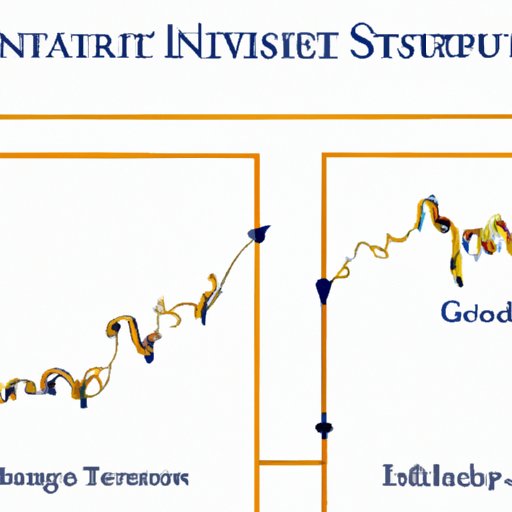Introduction
A unit investment trust (UIT) is an investment vehicle designed to pool money from individual investors and invest it in a portfolio of stocks, bonds, or other securities. It is typically operated by an investment company and offers investors a way to diversify their investments without having to purchase individual stocks or bonds. UITs are managed portfolios that are structured like mutual funds but operate differently. They are often used as an alternative to mutual funds for those who want to invest in a portfolio of securities without having to pay the fees associated with actively managed funds.

Types of Unit Investment Trusts
There are three main types of unit investment trusts: equity-based, fixed-income, and hybrid. Equity-based UITs invest in stocks and are managed to provide capital appreciation. Fixed-income UITs invest in bonds and are managed to provide income. Hybrid UITs invest in both stocks and bonds and are managed to provide both income and capital appreciation.
Benefits and Risks of Investing in a Unit Investment Trust
Investing in a UIT can offer several advantages. UITs are relatively low cost, making them an attractive option for those looking to diversify their investments without breaking the bank. UITs are also easy to set up and manage, and they provide investors with a wide range of investment options. Furthermore, UITs are managed professionally, meaning investors don’t have to worry about researching and selecting individual stocks or bonds.
As with any investment, there are risks associated with investing in a UIT. UITs are subject to market fluctuations, so the value of your investment may decrease. Additionally, UITs generally have limited liquidity, meaning you may be unable to access your money quickly if needed. Finally, UITs are subject to management fees, which can eat away at your returns.

Factors to Consider Before Investing in a Unit Investment Trust
Before investing in a UIT, it is important to consider your investment goals, risk tolerance, time horizon, and tax implications. Your investment goals should be realistic and aligned with your financial situation. It is also important to assess your risk tolerance and determine how much volatility you are comfortable with. Your time horizon should reflect the amount of time you are willing to keep your money invested. Finally, it is important to take into account the tax implications of investing in a UIT.

Strategies for Investing in a Unit Investment Trust
Two common strategies for investing in a UIT are dollar-cost averaging and rebalancing. Dollar-cost averaging involves investing a fixed amount of money on a regular basis, regardless of market conditions. This strategy helps to reduce overall risk by spreading out your investments over time. Rebalancing is the process of periodically adjusting your portfolio to maintain the desired asset allocation. This helps to ensure that your investments remain aligned with your goals and risk tolerance.
Tips for Choosing the Right Unit Investment Trust
When choosing a UIT, it is important to research companies offering unit investment trusts and read prospectuses carefully. It is also important to ask questions and consult a financial professional for advice. Additionally, investors should make sure that the UIT they choose is suitable for their investment goals, risk tolerance, and time horizon.
Conclusion
Unit investment trusts can be a useful tool for those looking to diversify their investments without having to purchase individual stocks or bonds. However, before investing in a UIT, it is important to understand the benefits and risks, as well as your investment goals, risk tolerance, time horizon, and tax implications. By doing your research and consulting a financial professional, you can find the right UIT for your needs.
(Note: Is this article not meeting your expectations? Do you have knowledge or insights to share? Unlock new opportunities and expand your reach by joining our authors team. Click Registration to join us and share your expertise with our readers.)
